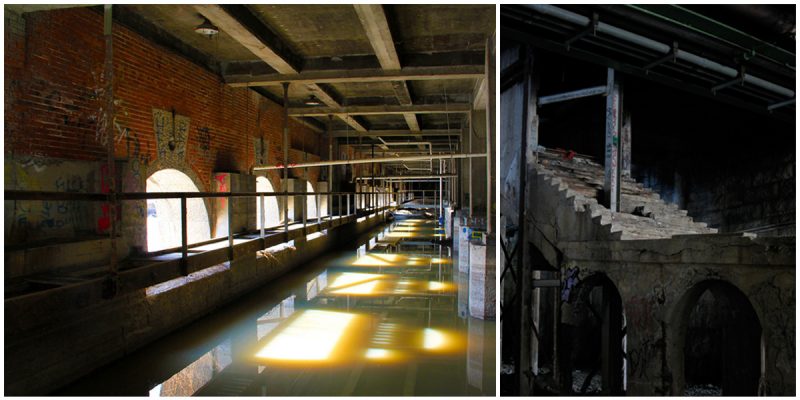Constructed by the City of Rochester to improve trolley passenger traffic and rail freight interchange through the city by building a new route in the bed of the abandoned Erie Canal, Rochester Subway was a light rail rapid transit line in the city of Rochester, New York from 1927 to 1956.
One of the major reasons for the construction of the subway was to get the interurban cars off the streets where they were a fruitful source of traffic congestion and accidents.
In 1918, the Erie Canal was re-routed to bypass downtown Rochester, and in 1919 the abandoned portion of the canal was bought to serve as a grade-separated route for the heavy “inter-urban” streetcars that were seen as obstructing surface street traffic.
Tracks were laid and the subway was built below (only 2 miles were in the tunnel), and the subway’s roof was turned into Broad Street. The tunnel under Broad Street continued to be used for freight delivery until 1996. The term “subway” did not refer to the tunnel, but to the route being grade-separated and operated as rapid transit.
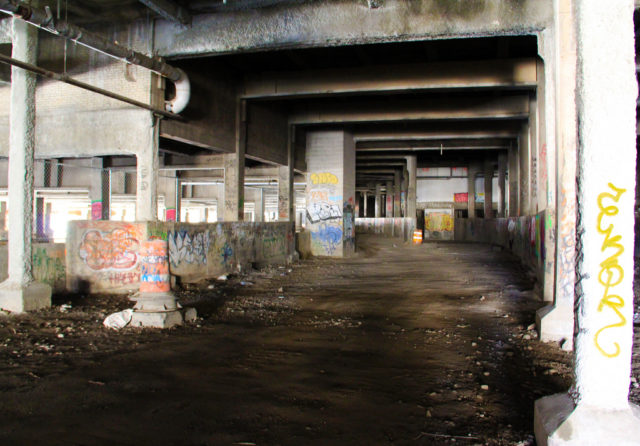
Connecting interurban lines were routed into the subway and off city streets, easing developing traffic congestion. The line opened for passenger traffic in 1927, after several construction delays. The line was operated on a contract basis by New York State Railways until Rochester Transit Corporation (RTC) took over in 1938.
One of the major advantages of the subway was that it would permit railroad interconnection without the creation of new grade crossings.
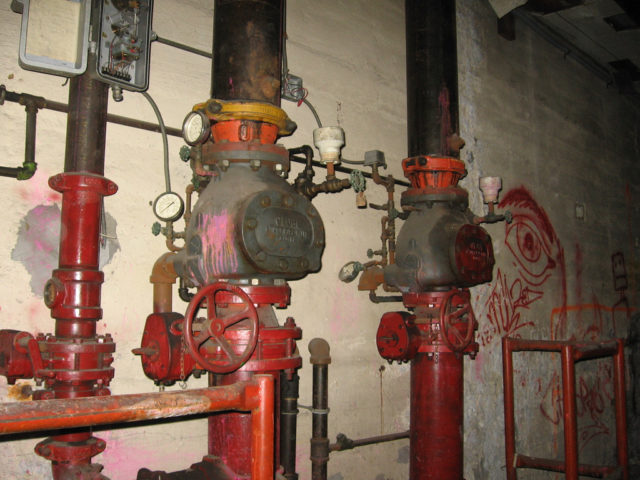
Rochester abandoned all surface streetcars by 1940, leaving the subway as a single line of what had been a much more comprehensive system. By the late 1940s and early 1950s, plans were developed for the system of high-speed expressways in and around Rochester.
The eastern part of the subway route was chosen for a portion of Interstate 490. With declining ridership and governmental policies that supported private automobile over public transportation, there was little resistance to the abandonment of the subway.
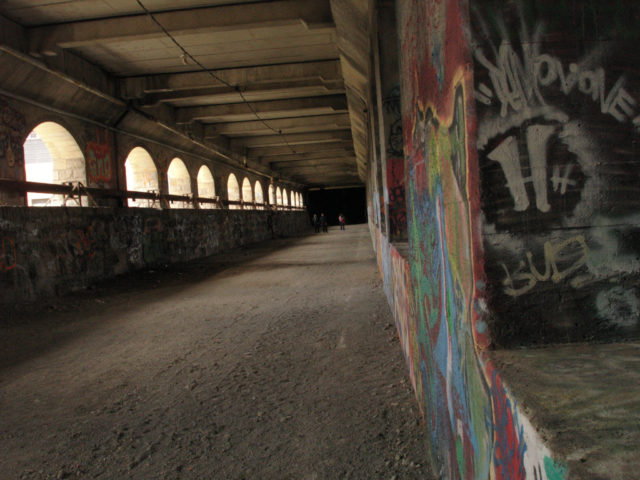
Passenger service increased from under 1.5 million passengers annually in the late thirties to over 3.5 million in 1943 and 1944. Around 4.8 million in 1945 and finally to a peak of 5.1 million in both 1946 and 1947.
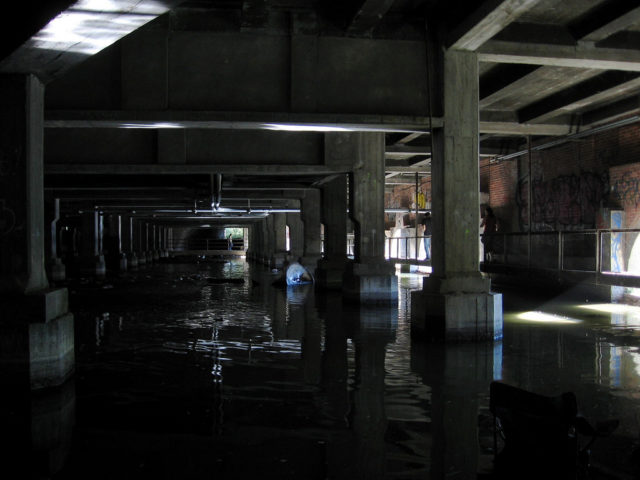
Today, few traces of the subway survive. The section that was filled in remained undeveloped, and can be traced nearly uninterrupted all the way out to the former General Motors plant.
The last remaining Subway car, number 60, is currently undergoing restoration by the Rochester Chapter NRHS. Car 60 faithfully served the Rochester community until the end of all passenger service on June 30, 1956.
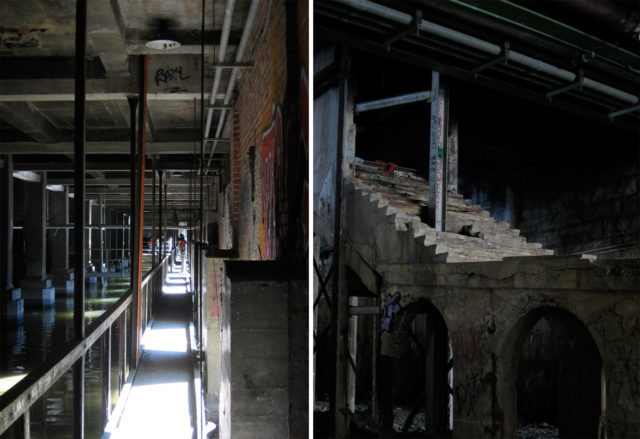
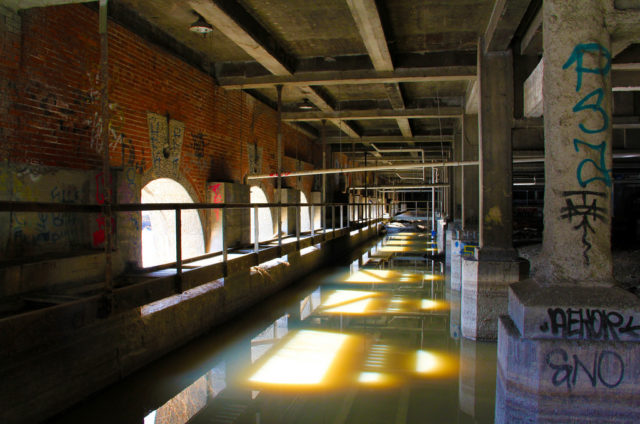

In 1976, after the announcement of the fill the City of Rochester allowed the New York Museum of Transportation to collect the rail from the portion of the line being filled. The former rail is still in use by the museum. In 2010, when the city decided to fill the portion of the tunnel between Brown and the B&O ramp the museum was allowed to collect the remaining rail from the tunnel along with surviving switches and other railroad fixtures.
